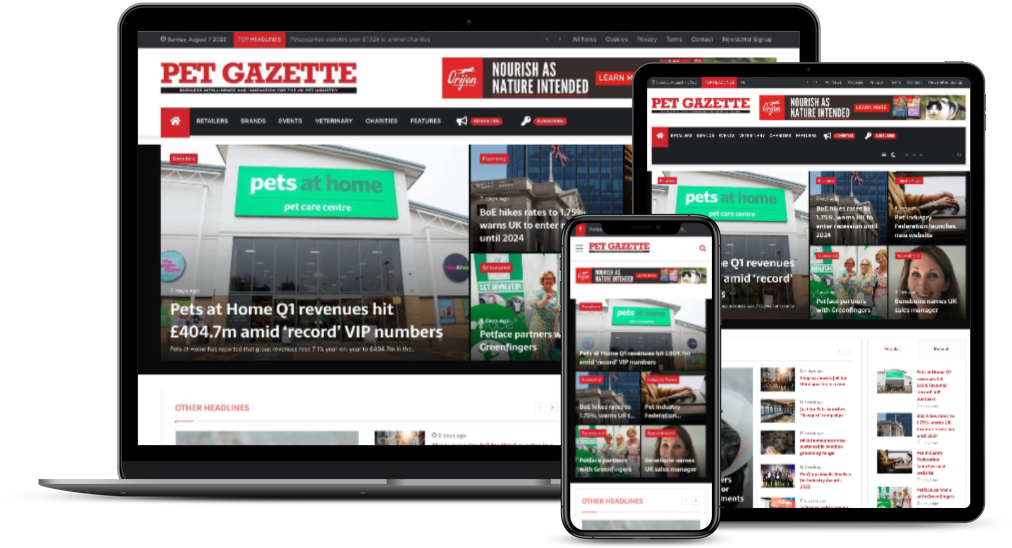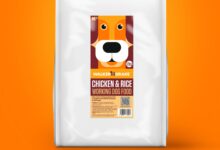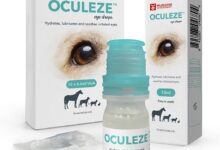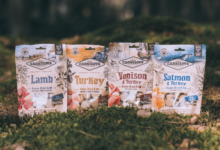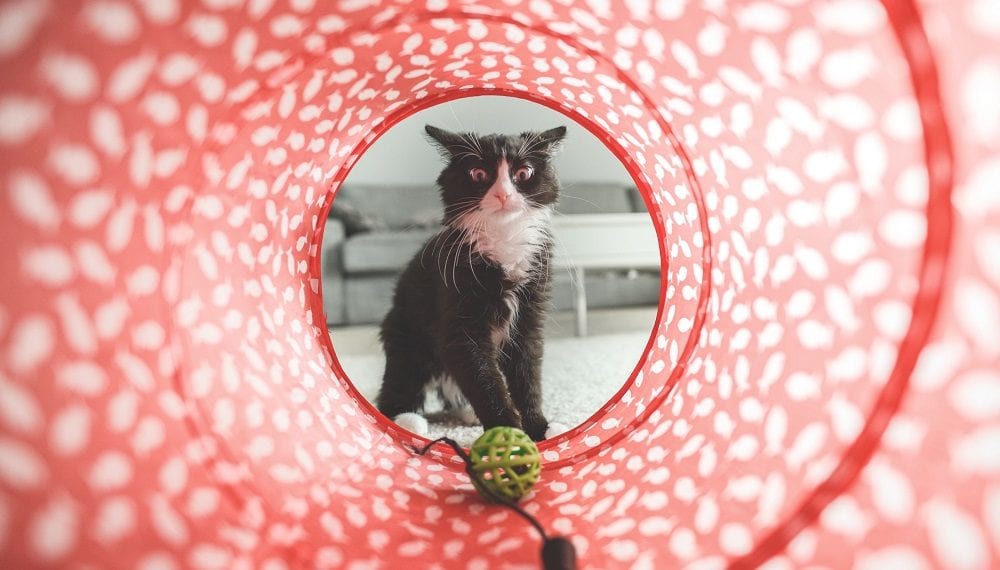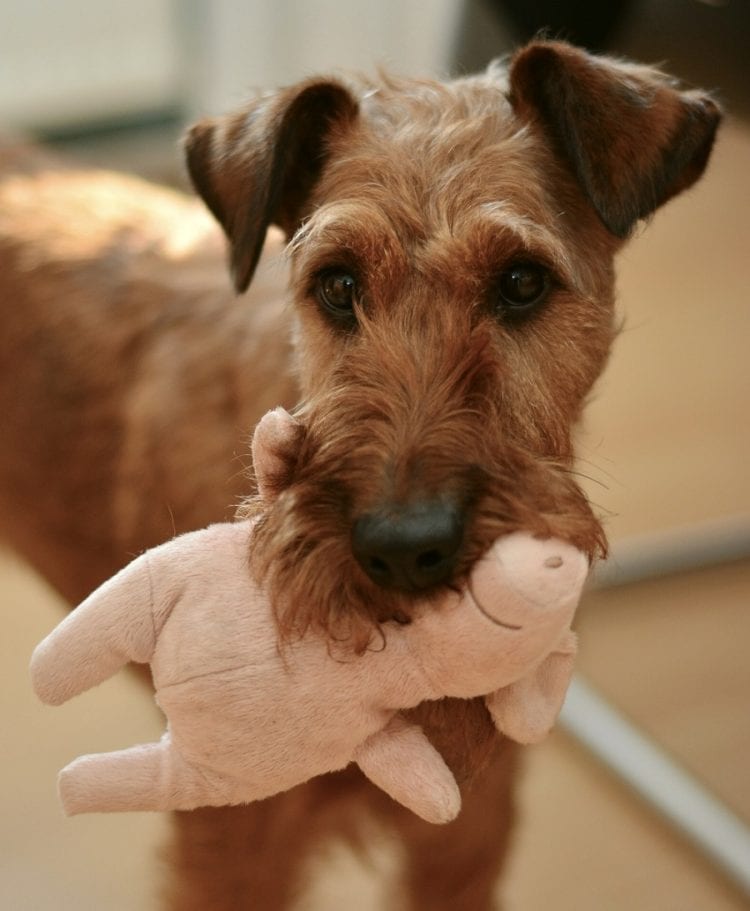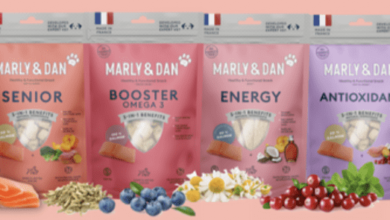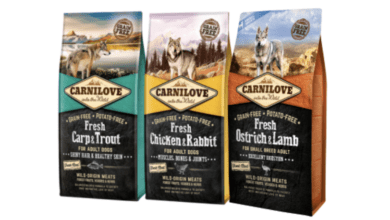The ins and outs of pet care marketing
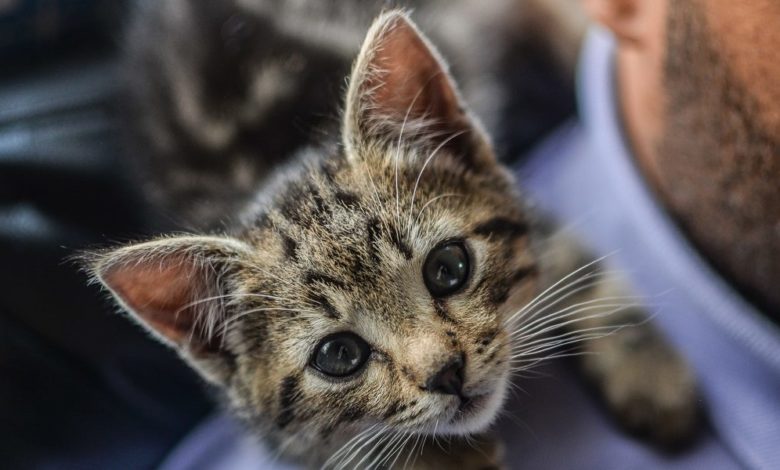
Today, you could be forgiven for thinking that family affections towards pets are often equal to or greater than that of a cherished child. From birth into their forever home to those final, heart-wrenching days, a pet is part of the fabric of its owner’s daily life. No holiday, festival or simple trip to the supermarket is complete without wondering what Fido, Felix or Flipper the goldfish might want.
As such, it’s going to come as no surprise that, just as demand for variety and volume in children’s toys, clothes and activities continues to grow, so too does the need for choice in petcare products. According to Edge by Ascential’s Household and Pet Care CPG report, consumer spending in the category across Europe was worth $158bn (£136m) in 2018 and is expected to rise to $203bn (£174m) by 2023.
Clearly, the opportunity for petcare brands to expand and grow is by no means exhausted, but the sector is increasingly competitive and new strategies are emerging all the time that threaten to sew up some corners and lock out laggards if they don’t stay on their toes.
The internet of pets
Online has grown significantly as a channel that petcare brands use to service customers. Sales in the household and pet care sector are set to grow at the fastest rate over the next five years and are expected to increase by 15% between 2018 and 2023.
It started with the rise of the picky eater. Think it’s ok to feed Butch the same old kibble, week in, week out? Venture onto Facebook and you can find invite-only pet groups where food preferences, intolerances or simple stubbornness are hotly debated.
In response, innovators – notably Amazon – have been quietly rolling out a targeted sampling service of free products from leading petcare brands such as Cesar and Nutro to a select group of customers based on their purchase history and preferences. No-one wants two kilos of uneaten dog biscuits festering in the larder and from Amazon’s perspective, its extensive pool of consumer data and insights will help it take this model to the next level. Petcare brands need to be alive to this opportunity.
Direct to cat
Beyond brand awareness, the trend of direct to consumer (DTC) is also a challenge for mainstream petcare brands that have traditionally sold through multiples or dedicated pet shops. Suddenly, a direct relationship with the end consumer (or consumer-but-one, relying on petmum to make the decisions) is the order of the day.
For all of the love lavished on the four-legged family members, it’s just as much of a bind for consumers to remember to buy the puppy pads, hay bedding, kibble, cat litter or fish flakes as it is the loo roll, cereal and shaving razors every week.
As such, digitally native and D2C brands have stepped in to steal the march on traditional providers. Once, they were niche, providing differentiation, convenience and personalised services. But now those quirks have propelled them mainstream and potentially ahead of traditional brands who rely on the supermarket visit and third parties to reach the discerning pet owner.
Swimming into the mainstream
These disruptors are also being enticed into the traditional channels of the multiples and out-of-town specialist pet superstores as retailers look to serve the more adventurous pet parent who scours the message boards looking for the most stimulating pet toy or nutritious raw diet.
In the face of this, it would be foolhardy to ignore the power of brand and merchandising. Whether in-store or online, exclusivity carries the same bragging rights premium as bugaboo prams or Lamaze toys – highly sought-after but not universally stocked human baby toys.
And like the small human children who are also incapable of fully articulating their needs, pet parents need an authoritative voice to guide them through. Whether it’s an informative stand with grooming products or an online resource about good hygiene practices, advice is worth its weight in gold and this offers petcare brands a real opportunity to connect with the consumer.
Anthropomorphism is the cat’s meow
Tapping into human trends and concerns is an important way to differentiate. A pet parent may be equally concerned about the impact on the environment of a high meat diet for their dog as a someone who baulks at the idea of fast fashion. As the trend for veganism grows, so it bleeds into the petcare space with supermarkets like Carrefour launching a ‘Bio’ (organic) food range, along with vegetarian meals for animals in Poland.
Obesity and the healthy enjoyment of a long life is no longer the sole preserve of the anxious middle-aged adult. Mars is updating its entire Whiskas pouch portfolio to highlight the healthy ingredients on its pack design and launching an 11+ range for the older feline in answer to research that suggests nearly a fifth (18%) of cats are over 11 years old.
And if the sight of cat stockings and fish surprises for Christmas have you chuckling down the supermarket aisles, he who laughs last, laughs longest. There is a growing popularity of pet awareness days including Love Your Pet day which petcare brands can use to promote initiatives and key products that appeal to consumers.
Petcare is similar in name only to its supermarket shelf-fellow, homecare. However, the two could not be further apart. The latter functional, dutiful and slightly resentful; the former a potentially never-ending shopping occasion to shower love and variety on a much-loved member of the family.
To be able to enjoy that nearly $50bn (£43m) window of opportunity, petcare brands need to look to their human counterparts for lessons in brand, merchandising, omnichannel and content to become the pet parent’s supplier of choice.

